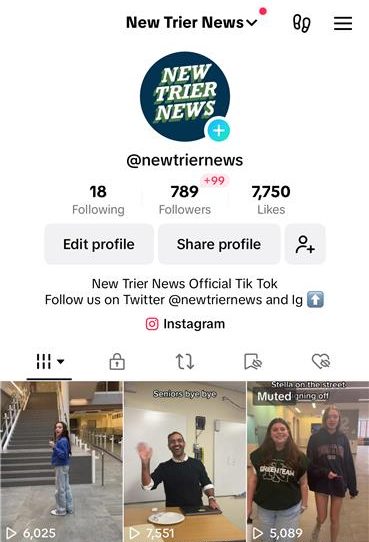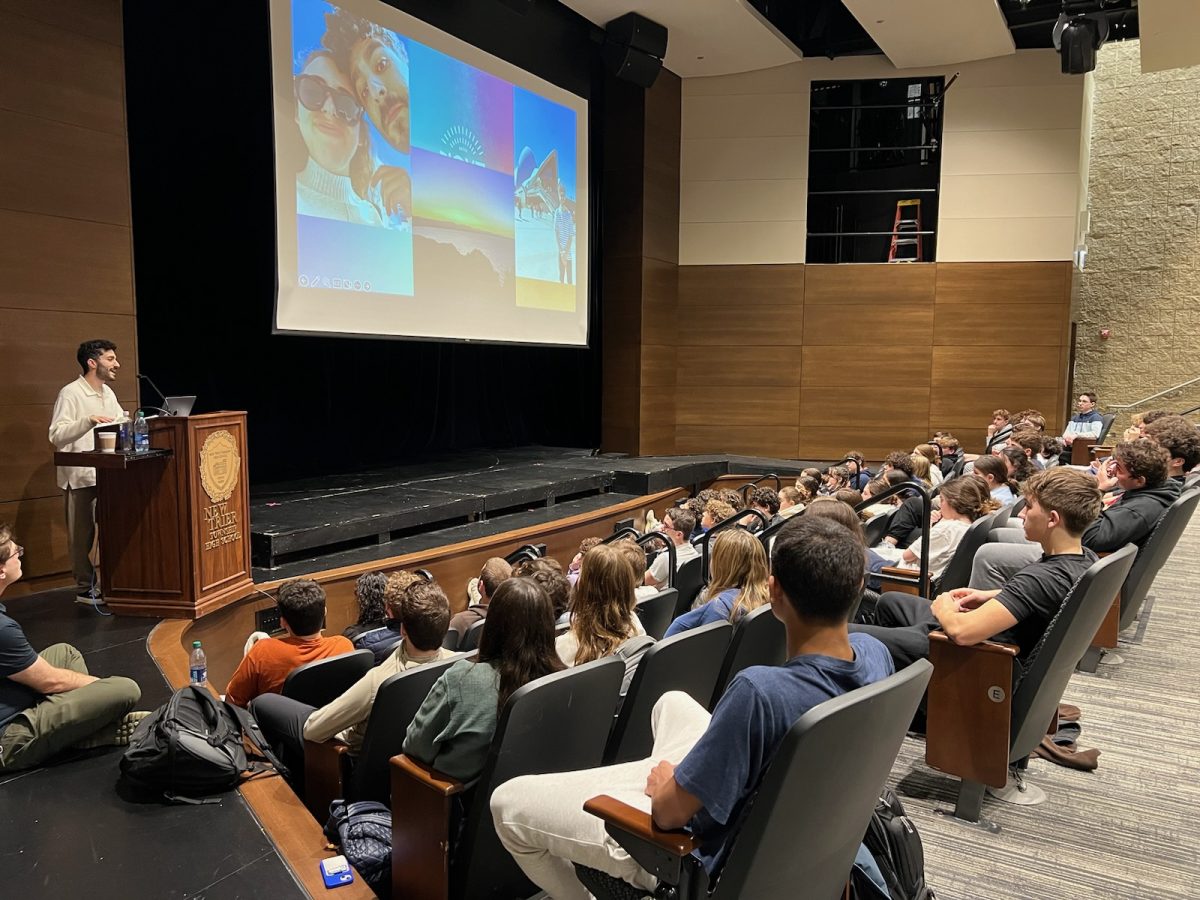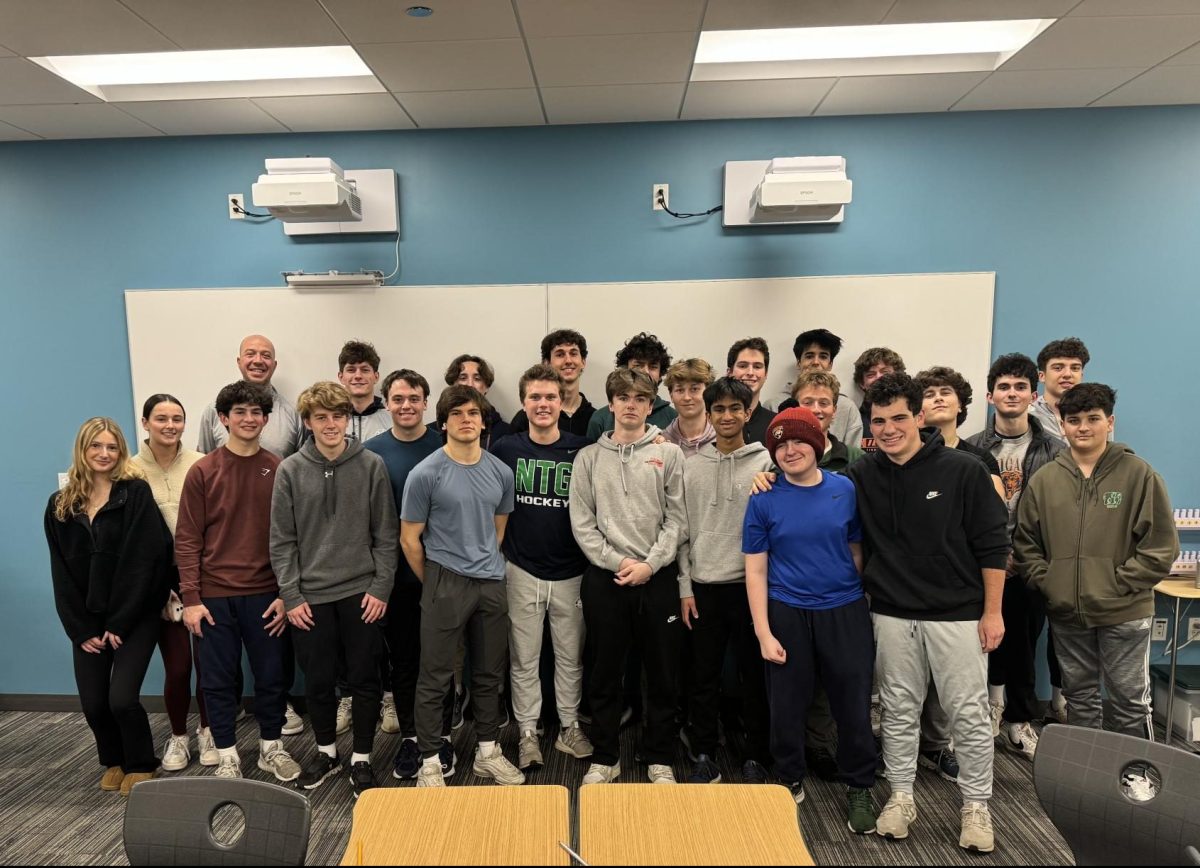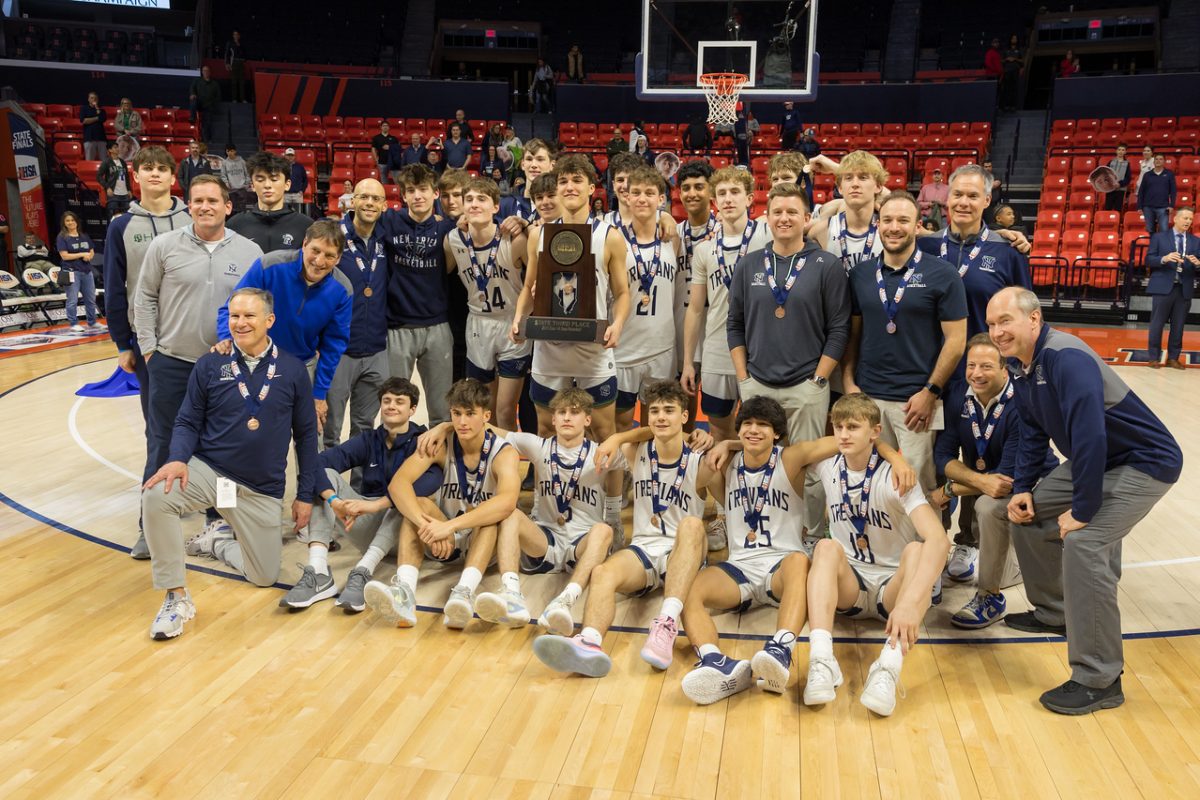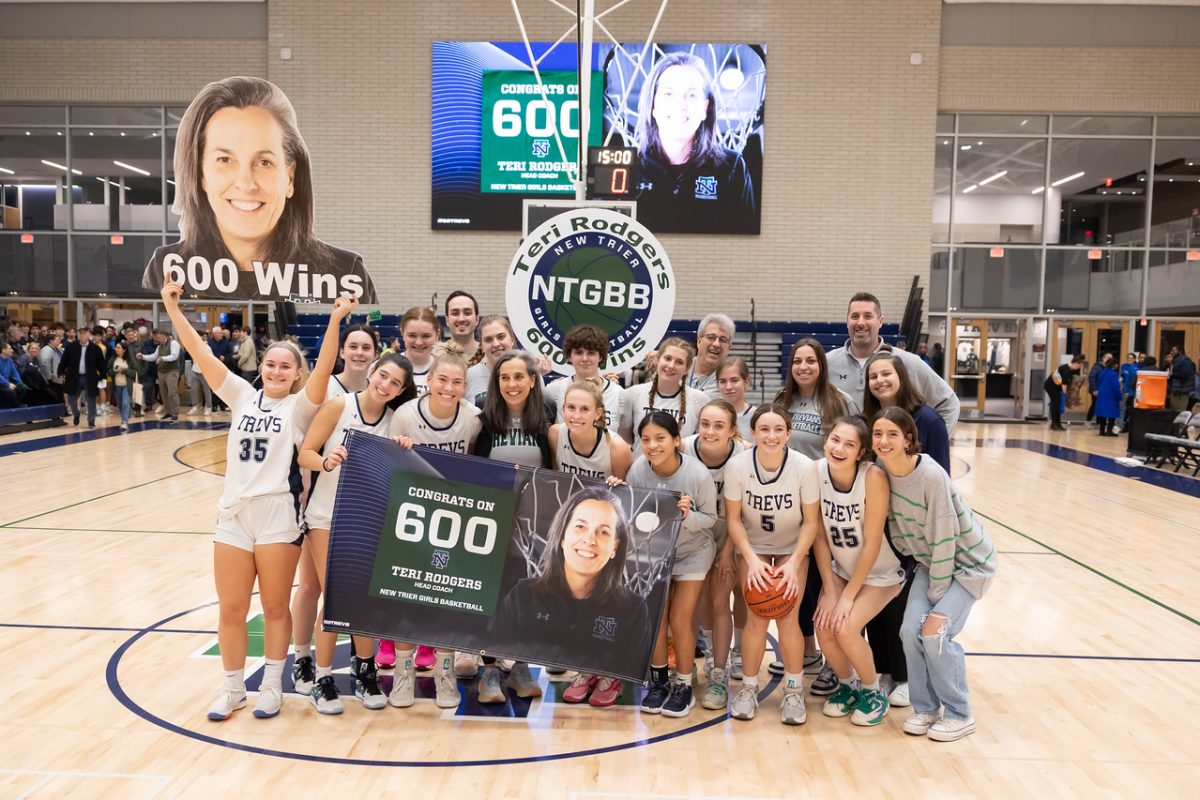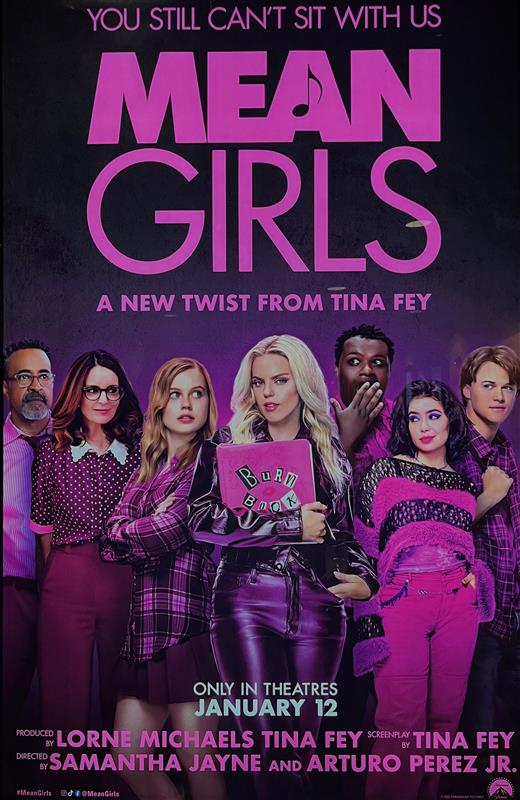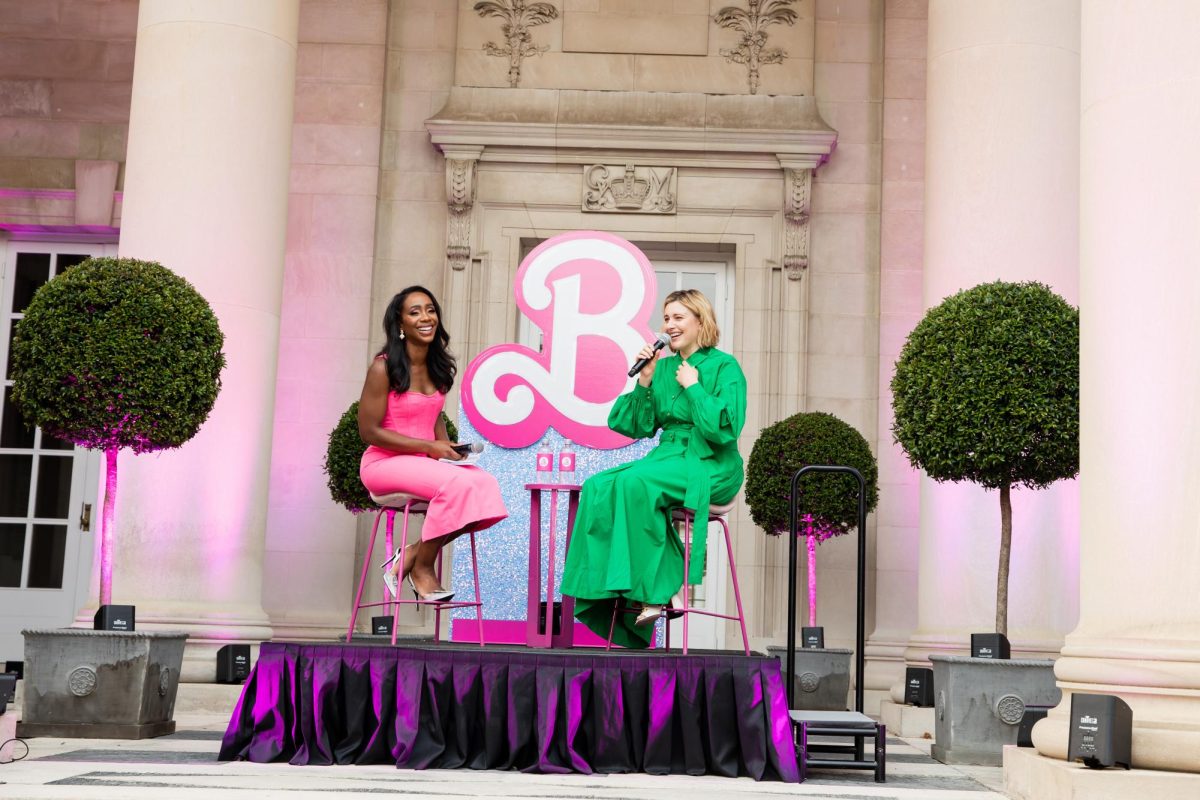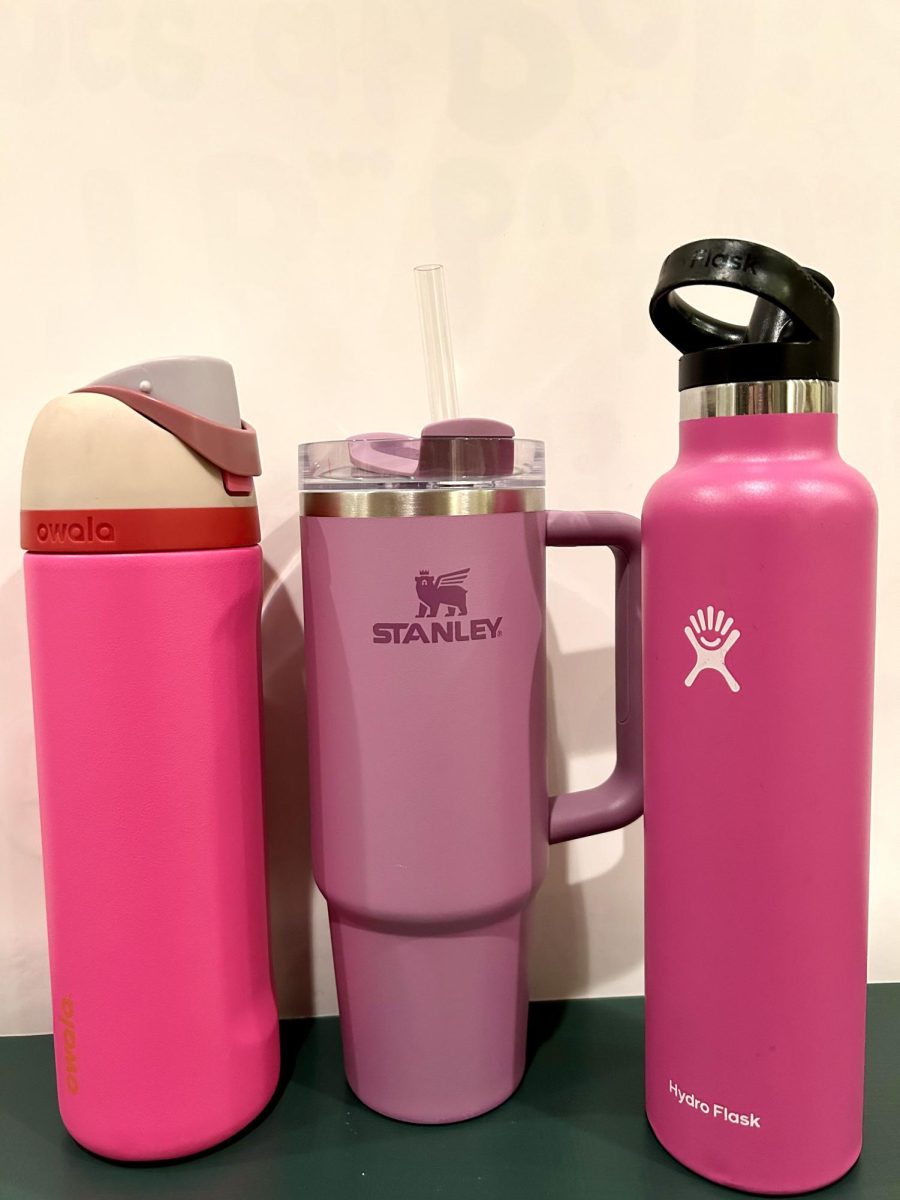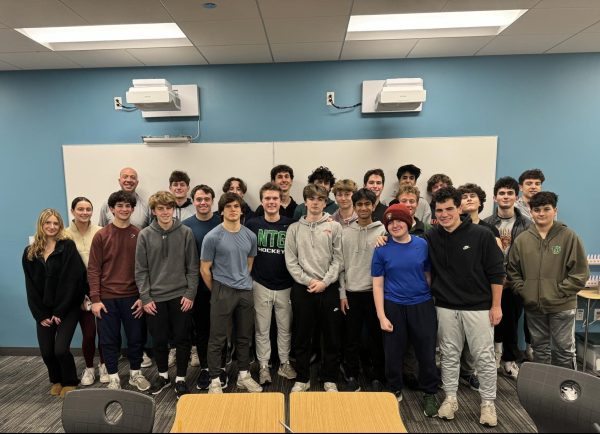Companies fighting against digital retouching find success
Many brands take a stand against society’s beauty standards
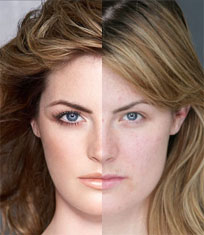
Whether the locale is Barnes & Noble, Walgreens, or Trader Joe’s, the images of airbrushed female celebrities plastered on the cover of magazines are now ubiquitous.
Walking into Old Orchard, it’s impossible to escape the stare of the glowing Victoria’s Secret models covering the storefront windows with their thin, airbrushed legs.
Junior Ellie Steger explained that she finds unrealistic images of women across all parts of the media.
“Every billboard, advertisement and magazine seems to be covered in perfected women. Social media perpetuates this unrealistic standard because there seems to be not only countless Instagram models but also some of our peers who seem to have ‘perfect’ bodies and faces,” noted Steger.
Photoshopping is now reaching younger generations too, as Kathryn Kalnes, teacher of The Fit Female course, explained that there was an option to have her kids’ school pictures retouched.
“Even in 2nd grade, we’ve forgotten the reason pictures are taken in the first place. Instead of capturing what you looked like exactly at that time, people are just trying to be the most perfect,” said Kalnes.
Occasionally, however, digital retouching does go wrong. On the movie poster for “Tomb Raider,” people were quick to point out the extent to which Alicia Vikander’s neck was elongated, and in 2017, Kim Kardashian was called out for blackface after she posted a photo promoting her new contour kit.
Similarly, L’Oréal received backlash for whitening Beyoncé’s skin in their 2008 ads, prompting accusations of whitewashing.
Perhaps most relevant to teenagers is Snapchat’s release of their “Lenses,” or filters, in 2015.
While these filters appear fairly innocuous, they also perpetuate certain societal expectations of women by contouring face shape, enlarging eyes, and smoothing skin.
For all generations, this is a beauty standard that can be desensitizing; some people even go so far as to get plastic surgery in order to look like their favorite airbrushed snap filter.
When Snapchat promotes Kylie Jenner’s story, consisting exclusively of snaps using filters that perfect her features, what message is it sending to its millions of users?
Many businesses have recently taken to combatting the unrealistic images of women that companies like Victoria’s Secret project. Billie, a shave and body brand, started Project Body Hair which features women with body hair since almost all other body brands advertise women shaving their already smooth legs.
Aerie, a lingerie retailer, stopped the digital retouching of their models in 2014, and on Aug. 3, 2016, the company launched the Share Your Spark campaign.
The Share Your Spark video features 40 Aerie women, all with different body types. Each woman shares encouraging words or advice and then passes on her sparkler. This campaign was met with widespread support from women all over the country.
The company also includes a wider variety of customers, carrying a larger range of sizes than Victoria’s Secret. Since it started #AerieREAL in 2015, the brand’s sales have been higher than ever, rising an impressive 32% in the first quarter of fiscal 2016.
Senior Izzy Cox believes that Aerie has succeeded at being inclusive across abilities, body types, and race.
“I think it’s important to remind people that unretouched bodies are still beautiful. And Aerie is a more relatable and uplifting brand for it,” remarked Cox.
However, Kalnes believes companies shouldn’t only be reminding young girls and women that “everyone is beautiful,” since the more companies focus on physical beauty, the more they reinforce that expectation.
“If your teachers are constantly telling you something, you’ll think that it’s important,” she said.
Rather, she appreciates how companies such as Athleta are encouraging girls to have an active lifestyle as opposed to emphasizing outward appearances.
Yet other companies, such as Abercrombie and Fitch, refuse to join the fight against excessive photoshopping.
“Are we exclusionary? Absolutely. Those companies that are in trouble are trying to target everybody: young, old, fat, skinny. But then you become totally vanilla. You don’t alienate anybody, but you don’t excite anybody, either,” said Mike Jeffries, former Abercrombie CEO, in an interview with Salon in 2006.
Although Jeffries stepped down from Abercrombie in 2014, and the company changed the name of their store employees from “models” to “brand representatives,” it seems that the public is more interested in buying from brands that are known for promoting a message of equality and inclusiveness.
“If I feel unrepresented in the models on a site, I’m probably less likely to buy from them again. I see no reason for a company to present their clothes on retouched bodies. If anything, it makes me feel uneasy because I can’t see how the clothes actually fit people in real life,” said Cox.
With some companies fighting against photoshopping to unrealistic beauty standards and some fighting to preserve it, it seems like people are becoming more and more interested in inclusive companies.
Regardless of gender, sexuality, face, or size, the widespread attention that brands such as Aerie have received lately for their efforts reflects this growing trend of inclusion.
“I think that these companies are doing a good thing by fighting against digital retouching because they’re showing people that they look perfect just how they are,” said sophomore Macy Zaban.



